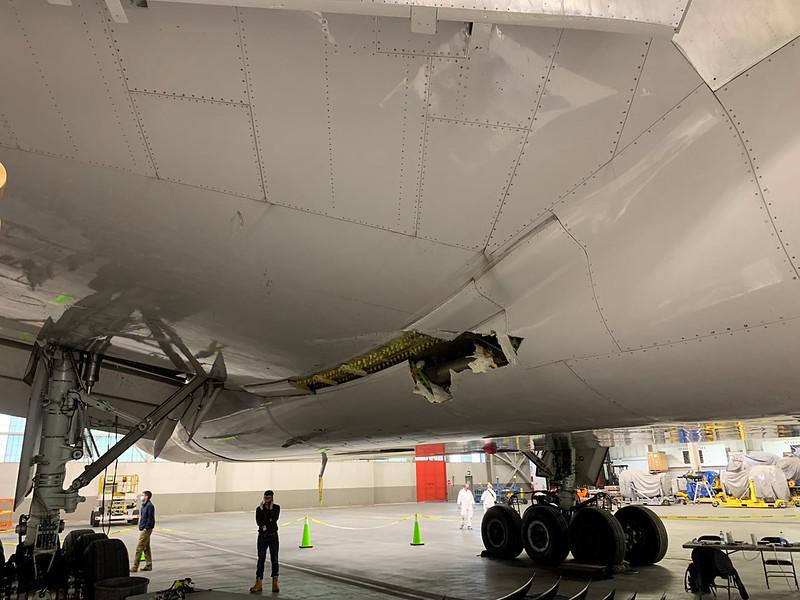
Credit: NTSB
WASHINGTON—The FAA has finalized rules mandating inspections and modifications for Pratt & Whitney-powered Boeing 777s, completing a year-long process to develop fixes that address issues spotlighted in three engine failures and get grounded aircraft back into service. Airworthiness directives (ADs)...
Subscription Required
This content requires a subscription to one of the Aviation Week Intelligence Network (AWIN) bundles.
Schedule a demo today to find out how you can access this content and similar content related to your area of the global aviation industry.
Already an AWIN subscriber? Login
Did you know? Aviation Week has won top honors multiple times in the Jesse H. Neal National Business Journalism Awards, the business-to-business media equivalent of the Pulitzer Prizes.

